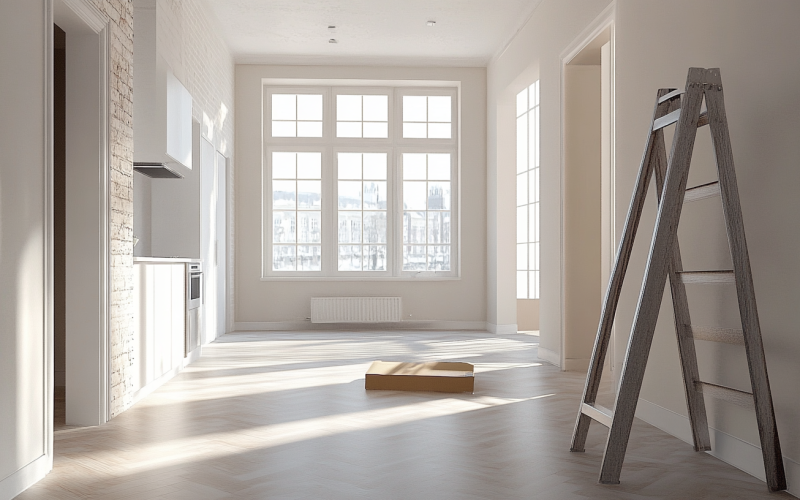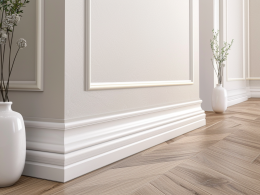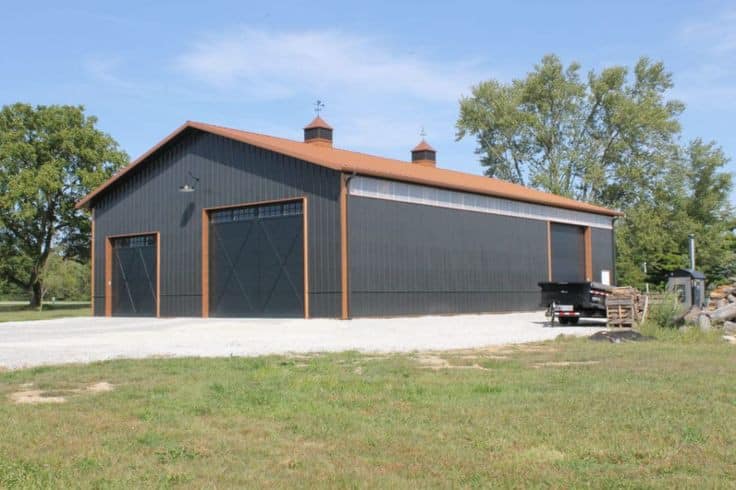Key Takeaways
- The design-build approach offers numerous benefits to construction projects, including improved communication, faster project completion, and cost efficiencies.
- Utilizing a single entity for design and construction helps streamline processes and reduces risks.
- This method fosters innovation and collaboration, leading to higher-quality outcomes.
What Is Design-Build?
Design-build is an integrated approach to construction where a single entity handles a project’s design and construction phases. This method streamlines communication, reduces potential conflicts, and often results in faster project completion since the design and construction teams work together from the start.
Whether a residential or commercial design project, having a unified team under one contract allows for improved collaboration, accountability, and overall efficiency, making the design-build approach a popular choice for various construction projects.
Benefits of Design-Build

There are several key advantages to implement the design-build approach in construction projects, making it a preferred method for many project owners:
- Faster Project Completion: By overlapping the design and construction phases, projects are often completed much more quickly than traditional methods. This concurrent process significantly reduces the overall timeline, which is especially beneficial in fast-paced commercial environments where time is money.
- Cost Efficiencies: A single contract for design and build helps minimize expenses caused by miscommunications and errors. With the design and construction teams working in tandem, potential issues can be identified and resolved early in the process, leading to significant savings in the overall budget.
- Improved Quality: The close collaboration between designers and builders often results in higher-quality work. The integrated team can adapt, innovate, and implement creative solutions more effectively, ensuring high standards are maintained throughout the project’s lifecycle.
Design-Build vs. Traditional Methods
Traditional methods that separate design from construction can lead to increased project durations and higher costs due to inefficiencies. By eliminating the division between design and construction, the design-build method reduces the risk of miscommunication and fosters a more cohesive workflow.
In traditional methods, each phase is completed before the next one begins, leading to silos where information can be lost or misinterpreted. This often results in change orders and additional costs, further prolonging the timeline. In contrast, the design-build approach allows for more flexibility and adaptability, as all team members are involved from the start, ensuring that the project vision is maintained throughout.
How to Implement the Design-Build Approach

Implementing the design-build method requires careful planning and selecting the right team. Here are some steps to get started:
- Identify and Define Project Goals and Scope: Clearly define your project’s goals to bring the team members together. Having well-defined goals helps in creating a cohesive plan that everyone can follow.
- Select a Design-Build Firm with a Proven Track Record: Experience is crucial for handling the complexities of integrated project delivery. Choose a firm that has successfully executed similar projects to mitigate the risks associated with inexperience.
- Establish Clear Lines of Communication Between All Parties: Open and consistent dialogue helps prevent misunderstandings and ensures smooth project flow. Errors can be minimized by keeping everyone informed through regular updates and meetings.
- Monitor Progress and Adjust Plans as Necessary: Be agile and ready to address challenges or opportunities that arise during the project. Flexibility is critical in adapting to unforeseen circumstances without derailing the project.
Common Pitfalls to Avoid
Although the design-build method has numerous advantages, there are some potential drawbacks to be aware of to guarantee project delivery success:
- Poor Communication: Ensure all parties maintain open lines of communication to avoid misunderstandings that can lead to costly errors. Effective communication is crucial to coordinate activities and ensure everyone agrees with the project goals.
- Lack of Experience: Choose a design-build firm with a history of successful projects. This reduces the risk of inexperienced handling of project complexities, which can lead to delays and increased costs.
- Neglecting Quality: Balancing speed and cost should maintain the final quality. Implement comprehensive quality control procedures to guarantee that high standards are met consistently throughout the project.
Future Trends in Design-Build
The design-build method is evolving, with new trends poised to shape the industry. Increasing technology, such as Building Information Modeling (BIM), enhances coordination and visualization, making it easier to manage complex projects. BIM allows for detailed 3D modeling to be shared among all team members, facilitating better understanding and collaboration.
Additionally, sustainability considerations are becoming integral to the design-build process, focusing on green building practices that minimize environmental impact and promote long-term sustainability. This includes using eco-friendly materials, energy-efficient designs, and renewable energy sources to create functional and environmentally responsible buildings.











